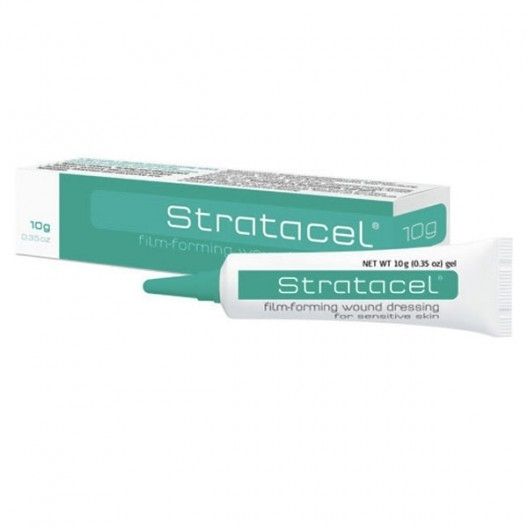Thigh Lift
Thigh lift (or thighplasty) is the most effective way of tightening the thigh and restoring its elegant contour. This procedure is usually sought by patients who have lost significant weight and have loose sagging skin on the upper thigh. Regular exercise and a healthy diet are unable to sufficiently tighten the skin, which is why for many plastic surgery becomes the solution with the best long-term results.
Thigh lift is the right procedure for you if have:
- Excess skin and fat in the thigh area (possibly due to a massive weight loss);
- A stable body weight.
What you should know:
- Patients might experience post-surgery pain;
- Scars begin to fade after 8 to 12 weeks and, with time, become hardly visible;
- The contour of the thigh becomes noticeably more elegant immediately after the surgery;
- For a period of time, patients will feel swelling and may notice bruising;
- Final results are seen after a few weeks.
PROCEDURE STEPS
1. Consultation with plastic surgeon
During your consultation with a plastic surgeon, they will inspect your thighs and assess your physical health, answering all procedure-related questions you might have. The surgeon will then determine the optimal type of procedure for you based on your expectations and general proportions of your body.
2. Preparing for surgery
For best results, it is important that you also take steps to prepare for the surgical procedure. This is why you should consider to quit smoking and consuming alcohol and maintain a balanced diet and healthy lifestyle. It may also be necessary to temporarily stop taking certain medicines.
3. Surgical procedure
The surgery takes 2 to 3 hours. The procedure is performed under general anaesthesia. The choice of the incision depends on the exact type of the lift:
- The inner thigh lift. An incision is made in the groin to remove the excess skin and fat. The incision is then sutured shut, with a bandage applied to the incision site.
- The medial thigh lift. An incision is made from the groin to the buttock crease area to remove the excess skin and fat. The incision is then sutured shut, with a bandage applied to the incision site.
- The bilateral thigh lift. This method is designed to tighten skin on the front and outside of the leg. An incision is made at the top of the leg, excess skin and fat are removed, and then the remaining skin is pulled up and sutured shut at the incision site. Lastly, a bandage is applied to the site.
4. Outcome and recovery
The amount of time it takes for recovery varies from one patient to another and depends on the type of thigh lift procedure performed. You might need painkillers once the general anaesthesia wears off.
Healing process:
- Patients should stop smoking for a period of time, as it may impair wound healing;
- It is recommended to return to work in 2 to 3 weeks after the surgery;
- Exercise should be avoided for a month;
- Patients will need to wear a compression garment for 6 to 8 weeks after the surgery;
- Direct sunlight should be avoided for about two weeks, as it may impair wound healing.









